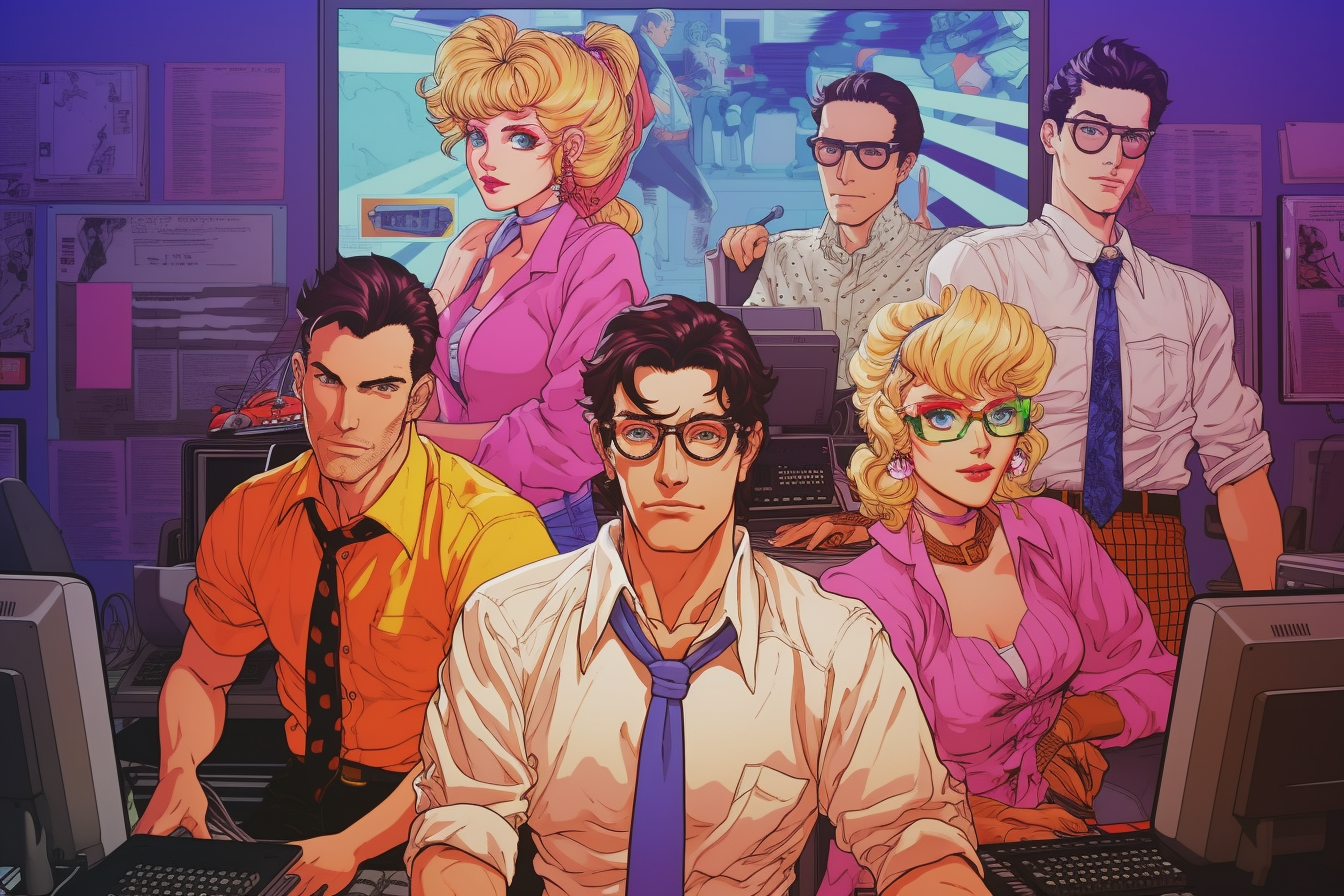Beware the Innovation Crusaders! In this whirlwind of digital transformations, tech-savvy execs are sprinting to embrace cutting-edge tech and shake things up in their companies. They tremble at the thought of their business models crumbling, so they’ve unleashed a frenzy of change accelerators like innovation labs, corporate ventures, and intrapreneur programs. And guess what? They’ve all jumped on the Lean Startup bandwagon like it’s the holy grail. But wait, hold your horses, because we’ve uncovered a few eye-rolling misconceptions among these die-hard Lean Startup disciples that we simply can’t ignore.
It’s like they’re MVP Maniacs! These innovators go gaga over the product aspect of the Minimal Viable Product (MVP). They’ve got it all wrong, thinking the MVP should be the polished, ready-for-release version of their product. Oh boy, that misconception has spread faster than a wildfire, sparking endless debates on which features should make the grand entrance. But here’s the kicker: the essence of the Lean Startup approach is all about uncovering facts and validating assumptions, not prematurely unleashing a half-baked product.
Don’t be fooled by the MVP madness! True innovation and product creation thrives on knowledge gathering. It’s all about busting common beliefs, shattering assumptions, and shifting focus to a customer-centric perspective. So, let’s break free from the endless feature discussions and adopt a down-to-earth, Mythbusters-style mindset.
True innovation and product creation stem from gathering knowledge: debunking common beliefs, assumptions, and rumors, and shifting focus from self-absorption to a customer-centric perspective. Forget overthinking features or obsessing about yet-to-be products. Let’s adopt a down-to-earth, Mythbusters-esque mindset. Buckle up and challenge your innovation approach with these five simple questions:
Are you even solving the right problem?
Instead of truly understanding their customers’ needs, companies often listen to self-proclaimed experts who think they know what customers want. Or worse, they directly ask customers about the features they desire. Successful innovation starts with validated insights into customer issues and needs, not mere opinions. These insights can unearth problems your users aren’t even aware of, and boy, do they often hold immense business potential!
Is your innovation process as organized as your sock drawer?
Sure, agile methodologies like scrum have become the talk of the town in software development and innovation projects. They’re fantastic at reducing the cost of change, but they’re not the be-all and end-all. There’s no one-size-fits-all solution in project management methodologies. If you’ve already identified the problem you need to solve, embrace Lean to focus on learning and reducing waste. And if you can tap into the power of commodity technologies, don’t shy away from employing Six Sigma methodologies to minimize deviations. Remember, don’t be a slave to agile—choose the method that suits your challenge.
Do you have enough T-shaped individuals on your team?
Innovation demands a diverse skill set. We strongly believe in assembling multi-disciplinary teams—business owners, designers, developers, data specialists—all working harmoniously. Sadly, many corporates suffer from organizational or cultural silos that hinder effective communication. Moreover, experts from different fields often struggle to speak the same language. So, when building your dream team, seek out T-shaped specialists who relish bridging knowledge gaps and cultural differences. Yes, it takes time to find that common language, but trust us, it’s worth every minute.
Are you underestimating complexity, risk, and the pursuit of excellence?
The Lean Startup method may make product development seem like a cakewalk, but don’t fall for it! Be prepared to wrestle with complexities. Maintaining stellar output quality requires crystal-clear output standards and rigorous testing against them. In agile terms, focus on nailing the Definition of Done. Embrace the unpredictability of the future, as your meticulously crafted plans will likely undergo countless revisions. Embrace change and brace yourself for the unexpected.
Do you have what it takes, my friend?
Larger organizations often overestimate their capabilities. It’s vital to be realistic about the skills you need and fight for the right resources. Surround yourself with competent people and partners, exercise caution with outsourcing and offshoring, and keep your teams autonomous and motivated. After all, working with top talent pays off big time. Oh, and don’t forget to shield your innovation team from external and political pressures. They deserve a safe haven to work their magic.
Getting all these things right is a Herculean challenge, but trust us, the rewards are worth it. For existing firms, it means taking counterintuitive actions. For startups, it involves real-world learning experiences. Ultimately, developing new products, services, value propositions, and business models hinges on fostering a culture of learning and adaptation, making mistakes early on to avoid major fumbles later.
From our hard-earned wisdom, we’ve discovered that there’s no cookie-cutter process for change. Innovation is a messy affair. A predictable, well-paved road to success won’t solve real-world problems—let alone improve daily lives. Meaningful change thrives in a culture that nurtures ideas and encourages teams to collaborate, brainstorm, and find extraordinary solutions to the multitude of challenges that lie ahead.
Now go forth, fearless innovators, and conquer the world—one experiment at a time!

